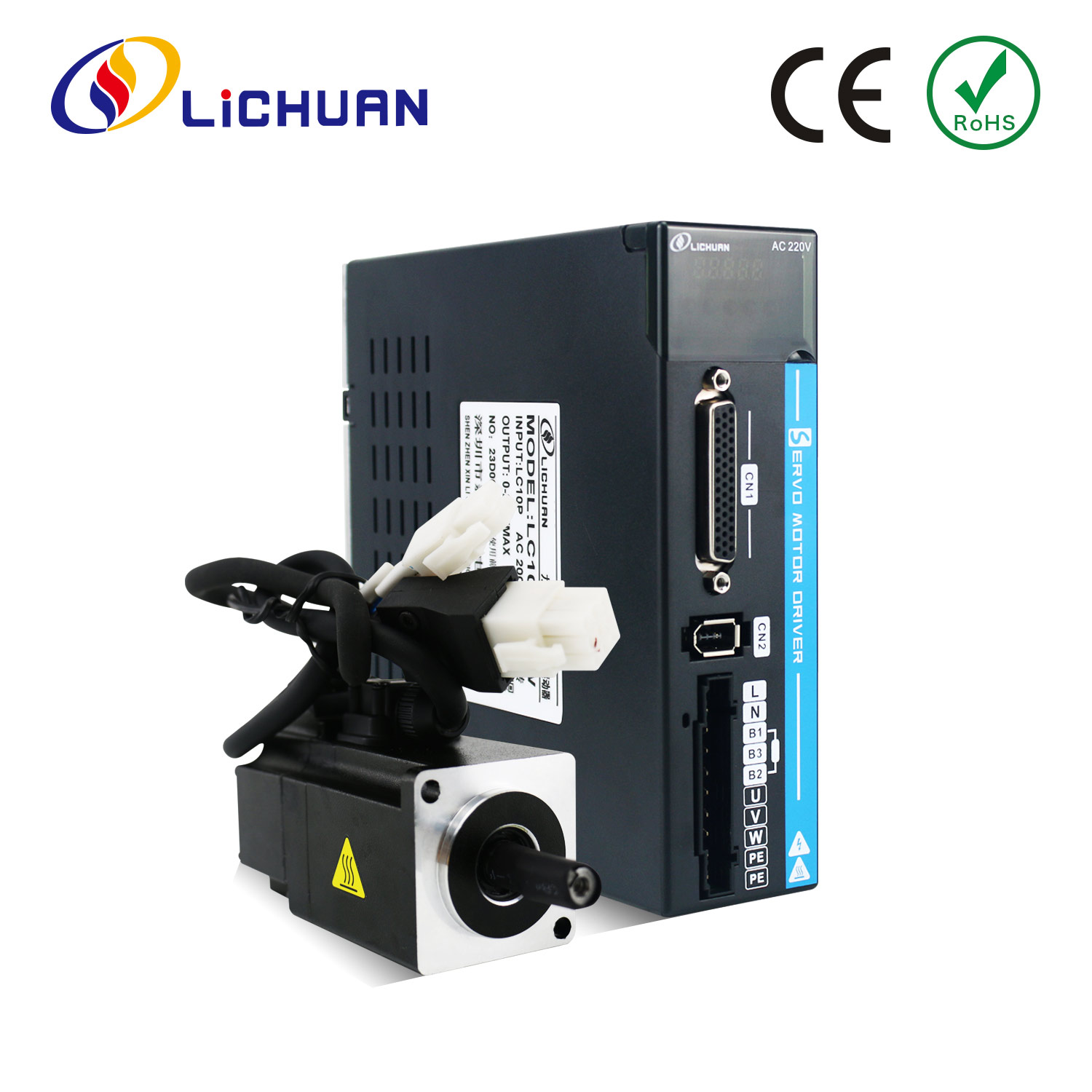Choosing the Right Fit: Key Specifications to Consider When Selecting an AC Servo Motor
2024-05-20
Selecting the right AC servo motor for your application is crucial for achieving optimal performance, efficiency, and reliability. With various models and features available, understanding the key specifications is essential to make an informed decision. In this blog, we will explore the typical specifications you should look for when selecting an AC servo motor, ensuring it meets your specific needs.
1. Power Rating
Definition: The power rating of an AC servo motor, typically measured in watts (W) or kilowatts (kW), indicates the maximum power the motor can handle.
Why It Matters: Choosing a motor with an appropriate power rating ensures it can handle the load without overheating or being underutilized. Applications with high power demands, such as industrial machinery, require motors with higher power ratings.
2. Torque
Definition: Torque, measured in Newton-meters (Nm) or pound-feet (lb-ft), is the rotational force the motor can exert.
Types of Torque:
- Continuous Torque: The torque the motor can sustain continuously without overheating.
- Peak Torque: The maximum torque the motor can deliver for short periods.
Why It Matters: Ensuring the motor can provide adequate torque for both continuous and peak demands is crucial for applications like robotics, where precise and strong movements are needed.
3. Speed
Definition: The speed of an AC servo motor, measured in revolutions per minute (RPM), indicates how fast the motor can rotate.
Why It Matters: Different applications require different speeds. High-speed motors are essential for applications such as CNC machining and textile production, where rapid movement is necessary.
4. Voltage
Definition: The operating voltage of the motor, usually specified in volts (V), indicates the electrical power required to run the motor.
Why It Matters: Matching the motor's voltage rating with your power supply ensures efficient operation and prevents electrical issues. Motors with different voltage ratings are available for various industrial and commercial applications.
5. Encoder Resolution
Definition: Encoder resolution, typically measured in counts per revolution (CPR) or pulses per revolution (PPR), indicates the precision with which the motor's position is measured.
Why It Matters: High-resolution encoders are essential for applications requiring precise positioning and control, such as robotic arms and precision assembly machines.
6. Inertia
Definition: The inertia of a motor, usually specified in kilogram-square meters (kg·m²), indicates its resistance to changes in rotational speed.
Why It Matters: Low-inertia motors are suitable for applications needing quick acceleration and deceleration, while high-inertia motors are better for applications requiring smooth and stable motion.
7. Feedback Device
Definition: The type of feedback device used, such as encoders or resolvers, provides real-time data on the motor's position, speed, and torque.
Why It Matters: The choice of feedback device affects the accuracy and reliability of the motor's performance. High-precision applications benefit from high-resolution encoders, while robust and reliable applications may prefer resolvers.
8. Communication Interface
Definition: The communication interface refers to the method used to connect the motor to the control system, such as EtherCAT, CANopen, or Modbus.
Why It Matters: Compatibility with your existing control system ensures seamless integration and efficient operation. Advanced interfaces like EtherCAT offer high-speed communication and are suitable for complex automation systems.
Conclusion
Selecting the right AC servo motor involves careful consideration of various specifications to ensure it meets the demands of your application. By understanding the importance of power rating, torque, speed, voltage, encoder resolution, inertia, feedback devices, communication interfaces, duty cycle, environmental ratings, and mounting configurations, you can make an informed decision that enhances performance, efficiency, and reliability. Whether for robotics, industrial automation, CNC machinery, or any other precision application, the right AC servo motor is a key component to achieving success.



